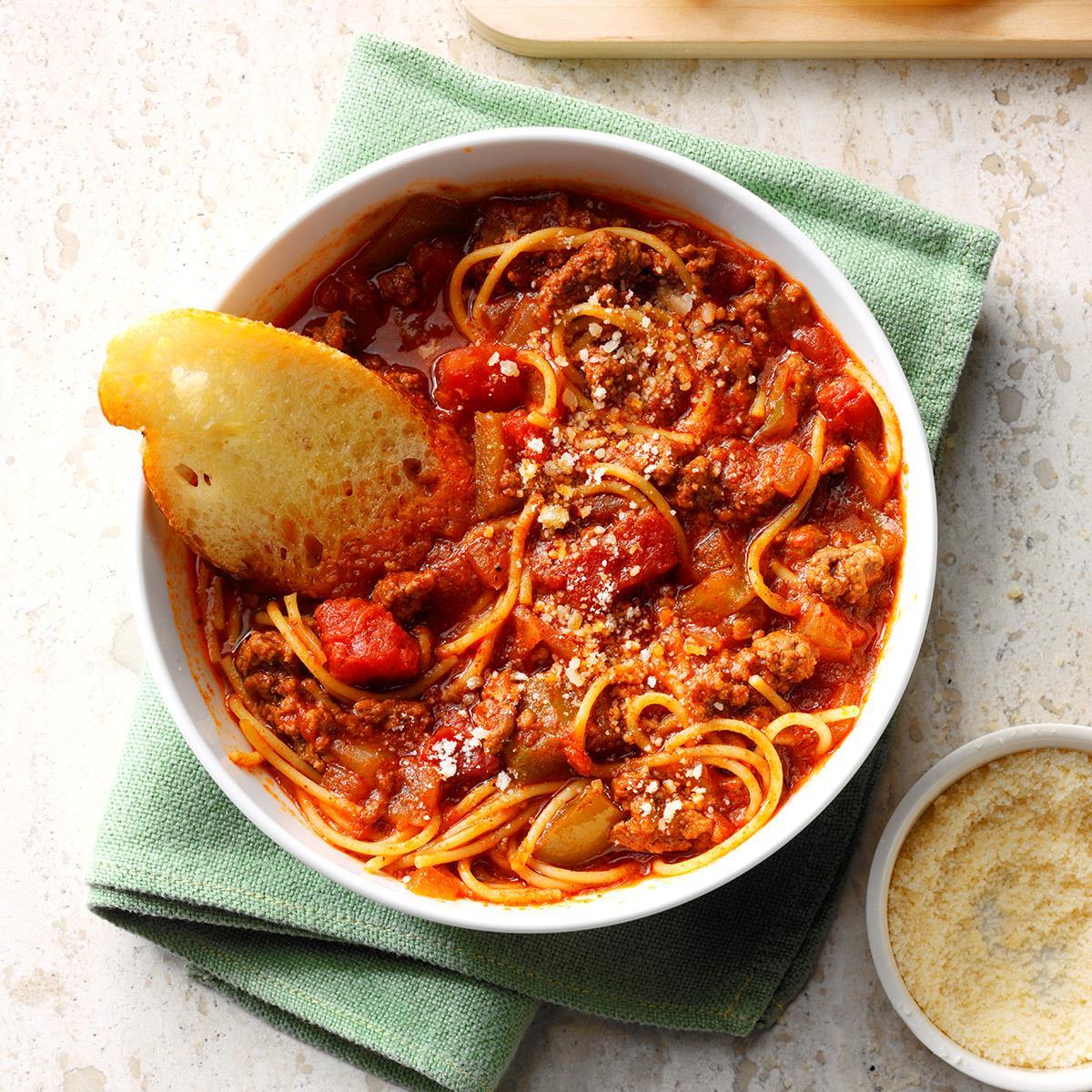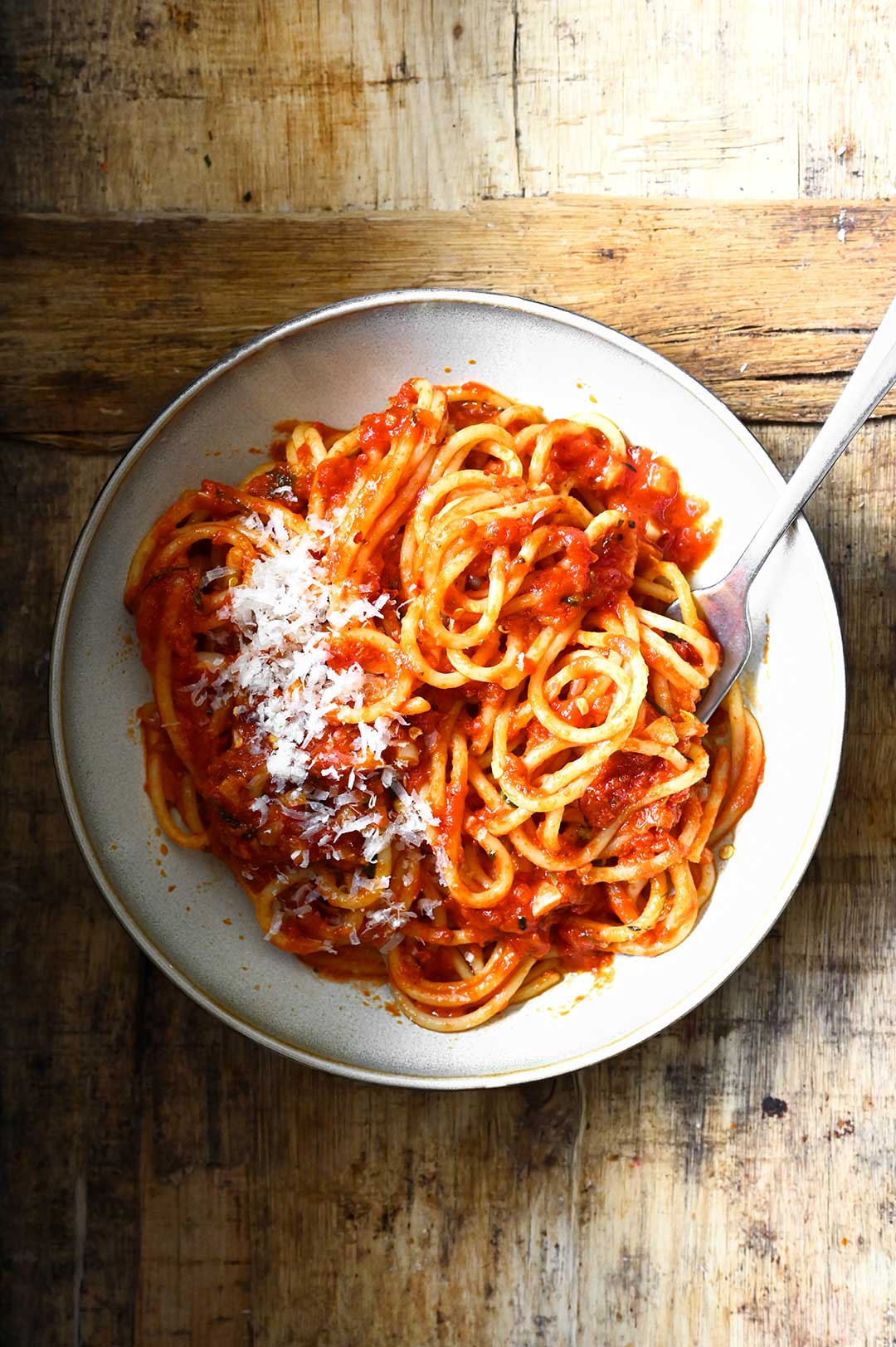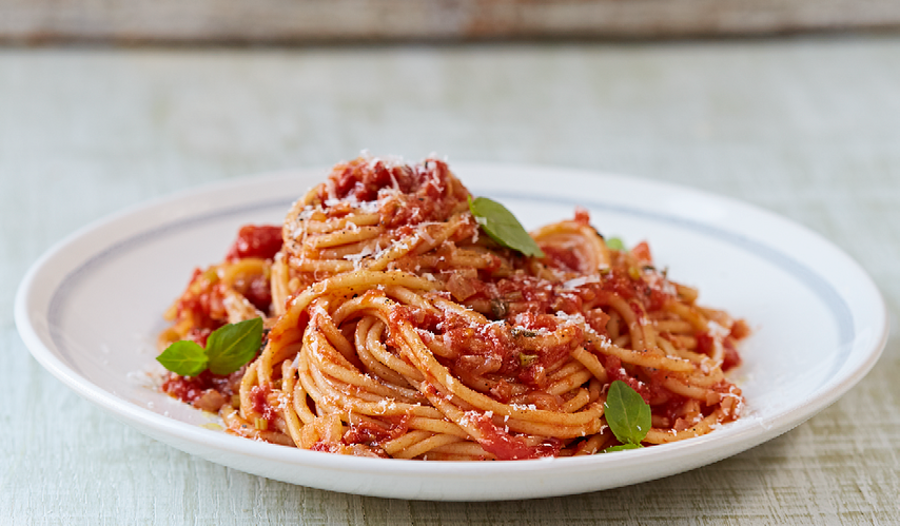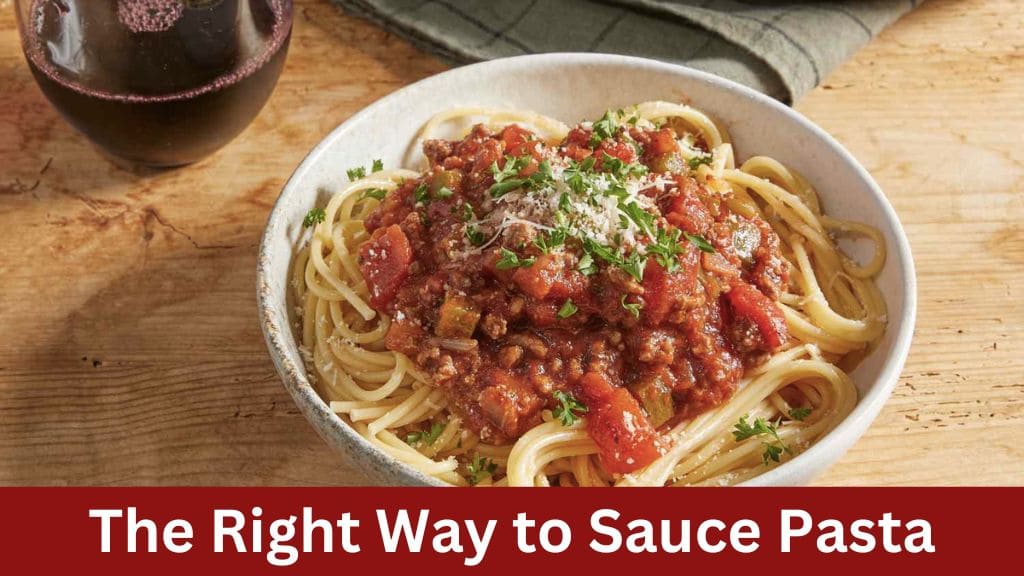When it comes to Italian cuisine, pasta is undoubtedly one of the most beloved dishes around the world. However, one of the most common mistakes people make is improperly saucing their pasta. The difference between a mediocre plate of pasta and an extraordinary one often lies in how the pasta is sauced. In this comprehensive guide, we’ll delve into the right way to sauce pasta, step-by-step, to ensure you can elevate your pasta dishes to new heights.
Imagine sitting down to a plate of perfectly sauced pasta. The noodles are coated with a silky, flavorful sauce that clings to every bite, bursting with balanced flavors. This dream can be your reality if you follow the right steps to sauce your pasta. This guide will break down each step in detail, helping you transform your pasta dishes from ordinary to extraordinary.
Common Mistakes in Saucing Pasta

- Saucing on the Plate: This is perhaps the most prevalent mistake. Simply pouring sauce over cooked pasta on the plate might seem convenient, but it often results in an uneven distribution of sauce. The sauce tends to pool in the center of the plate, leaving some noodles dry and others overly sauced. Moreover, the flavors of the sauce and pasta don’t have a chance to meld properly when sauced on the plate, resulting in a less cohesive dish.
- Overcooking Pasta: Overcooking pasta is another common mistake that can ruin a dish. When pasta is cooked for too long, it becomes mushy and loses its firm texture. Overcooked pasta also struggles to hold onto the sauce, resulting in a soggy and unappealing dish. It’s essential to cook pasta al dente, which means “to the tooth” in Italian. Pasta should be cooked until it is tender but still has a slight bite to it.
- Using Cold Sauce: Adding cold sauce to hot pasta is a recipe for disaster. Cold sauce takes longer to heat up, which can lead to unevenly heated pasta and sauce. This can result in a lukewarm dish with an inconsistent texture. To avoid this mistake, always heat your sauce separately before combining it with the pasta. This ensures that both the pasta and sauce are evenly heated and allows the flavors to meld together beautifully.
- Neglecting Pasta Water: Pasta water is a valuable ingredient that many home cooks overlook. When pasta cooks, it releases starch into the water, which helps to thicken and emulsify the sauce. Unfortunately, many people simply discard the pasta water after draining the pasta, missing out on its potential to enhance the sauce. Adding pasta water to the sauce helps to create a silky, creamy texture that coats the pasta perfectly.
- Skipping the Fat: Fat is essential for creating a rich and flavorful sauce that clings to the pasta. Without fat, the sauce can end up watery and lackluster. Adding a small amount of extra-virgin olive oil or butter to the sauce helps to create a luxurious texture and enhances the overall flavor of the dish. Fat also helps to carry fat-soluble flavor compounds in the sauce, ensuring that every bite is bursting with flavor.
Essential Tools for Saucing Pasta

- Large Pot: A large pot is indispensable for boiling pasta. Choose a pot that is large enough to accommodate the amount of pasta you plan to cook, allowing it to move freely in the water without overcrowding. Using a large pot helps prevent the pasta from sticking together and ensures even cooking.
- Wide Saucier or Large Skillet: Once the pasta is cooked, it needs to be combined with the sauce. For this step, a wide saucier or large skillet is ideal. The wide surface area of these pans provides ample space for tossing the pasta with the sauce, ensuring that every strand is evenly coated. Additionally, the sloped sides of a saucier make it easier to maneuver and toss the pasta compared to a straight-sided saucepan.
- Tongs or Spider Strainer: When transferring the cooked pasta to the sauce, you’ll need a reliable tool to do so. For long pasta shapes like spaghetti or linguine, a pair of tongs works well for grabbing and twisting the strands. For shorter pasta shapes like penne or farfalle, a spider strainer with its wide, shallow basket is more suitable for scooping and transferring the pasta.
- Colander or Fine-Mesh Strainer: After cooking, the pasta needs to be drained before being added to the sauce. A colander or fine-mesh strainer is essential for this step. Make sure to shake off any excess water from the pasta before transferring it to the sauce to prevent diluting the sauce.
- Measuring Cups: Pasta water plays a crucial role in saucing pasta, so it’s essential to reserve some before draining the pasta. Having measuring cups on hand makes it easy to scoop out the desired amount of pasta water for later use. Reserving pasta water ensures that you have enough to thin out the sauce and helps achieve the desired consistency.
- Wooden Spoon or Spatula: When combining the pasta with the sauce, a wooden spoon or spatula is handy for gently stirring and tossing the ingredients together. These utensils allow you to mix the pasta and sauce without breaking or crushing the noodles, ensuring that they retain their shape and texture.
Step-by-Step Guide to Saucing Pasta

Step 1: Heat Your Sauce Separately
Before cooking your pasta, it’s essential to heat your sauce separately. This ensures that the sauce is hot and ready to combine with the cooked pasta, resulting in a more flavorful and cohesive dish.
Technique: Use a wide saucier or large skillet to heat your sauce. The wide surface area allows for even heating and provides ample space for tossing the pasta. Additionally, the sloped sides of a saucier make it easier to maneuver and toss the pasta compared to a straight-sided saucepan.
Step 2: Cook Your Pasta al Dente
Cooking pasta al dente, which means “to the tooth” in Italian, is crucial for achieving the perfect texture. Al dente pasta is tender yet still has a slight firmness when bitten, providing a satisfying chew.
How to Do It:
-
- Bring a large pot of salted water to a rolling boil.
- Add the pasta to the boiling water and cook according to the package instructions, stirring occasionally to prevent sticking.
- Test the pasta for doneness a minute or two before the suggested cooking time. It should be tender but still slightly firm to the bite.
Step 3: Transfer Cooked Pasta to Sauce
Once the pasta is cooked al dente, it’s time to transfer it to the heated sauce. This step allows the pasta to finish cooking in the sauce, ensuring that it absorbs the flavors and becomes evenly coated.
Methods:
-
- Use tongs to transfer long pasta shapes like spaghetti or linguine to the sauce. Twirl the pasta around the tongs to coat it evenly.
- Use a spider strainer to scoop and transfer shorter pasta shapes like penne or farfalle to the sauce.
Step 4: Add Pasta Water
Pasta water is a secret weapon for creating a silky and cohesive sauce. The starch released by the pasta as it cooks helps to thicken the sauce and bind it to the pasta.
How to Use:
-
- Reserve some of the pasta water before draining the pasta.
- Add a splash of pasta water to the sauce as needed to thin it out and create a smooth, creamy texture. The pasta water also helps to emulsify the sauce, ensuring that it coats the pasta evenly.
Step 5: Add Fat
Adding fat to the sauce is essential for creating a rich and flavorful dish. Fat helps to enhance the mouthfeel of the sauce and carries fat-soluble flavor compounds, resulting in a more complex and indulgent flavor profile.
Options:
Extra-virgin olive oil or butter are common choices for adding fat to the sauce. Choose high-quality ingredients for the best flavor.
Step 6: Cook Hard and Fast
Once the pasta is combined with the sauce, it’s time to cook it over high heat. This step helps to meld the flavors together and allows the sauce to coat the pasta evenly.
Technique:
-
- Cook the pasta and sauce together over high heat, stirring constantly to prevent sticking.
- Add more pasta water as needed to maintain the desired consistency of the sauce.
Step 7: Stir in Cheese and Herbs off Heat
After cooking the pasta and sauce together, remove the pan from the heat and stir in any cheese or chopped herbs. This step allows the cheese to melt gently into the sauce without becoming stringy or clumpy.
Why Off Heat:
Adding cheese off heat prevents it from overcooking and becoming grainy. It also allows the herbs to retain their freshness and flavor.
Step 8: Adjust Consistency
Before serving, take a moment to assess the consistency of the sauce. If it’s too thick, add a splash of pasta water to thin it out. Conversely, if it’s too thin, continue cooking it over low heat to reduce and thicken.
Tip: Taste the sauce and adjust the seasoning as needed with salt and pepper.
Step 9: Garnish As Necessary
Transfer the sauced pasta to a warmed serving bowl or individual plates, and garnish with any additional toppings or garnishes. This step adds visual appeal and extra flavor to the dish.
Options:
Garnishes can include grated cheese, chopped fresh herbs, a drizzle of extra-virgin olive oil, or a sprinkle of freshly ground black pepper.
Step 10: Serve Immediately
Once the pasta is sauced and garnished, serve it immediately. Pasta waits for no one, and serving it promptly ensures that it’s enjoyed at its best.
Tip: Make sure serving plates are warm to prevent the pasta from cooling too quickly and becoming thick and clumpy.
Frequently Asked Questions

How Much Salt Should I Use in Pasta Water?
You should use about 1-2 tablespoons of kosher salt per quart of water. The water should taste seasoned but not overly salty.
Can I Use Store-Bought Sauce?
Yes, even store-bought sauces can be improved by finishing the pasta in the sauce as described in this guide. The key is to let the pasta absorb the sauce’s flavors and achieve a creamy consistency.
Why Shouldn’t I Rinse Pasta After Cooking?
Rinsing pasta removes the starch that helps the sauce cling to it. Instead, transfer the pasta directly to the sauce after draining.
How Much Pasta Water Should I Reserve?
It’s a good idea to reserve at least a cup of pasta water. You may not need all of it, but it’s better to have more than not enough.
What’s the Best Type of Pan for Heating Sauce?
A wide saucier or large skillet works best. The sloped sides of a saucier make it easier to toss the pasta, and a large skillet provides enough surface area for even heating.
How Do I Know When the Sauce Consistency Is Right?
The sauce should coat the pasta evenly without being too thick or watery. If it clings well to the noodles and has a creamy texture, it’s just right.
Conclusion
Mastering the art of saucing pasta can transform your culinary skills and elevate your pasta dishes. By following these detailed steps, you can ensure that your pasta is always perfectly sauced, flavorful, and delicious. Remember, the key is to combine hot sauce with hot pasta, use pasta water wisely, and finish with a touch of fat for that creamy, luscious texture. Happy cooking!






